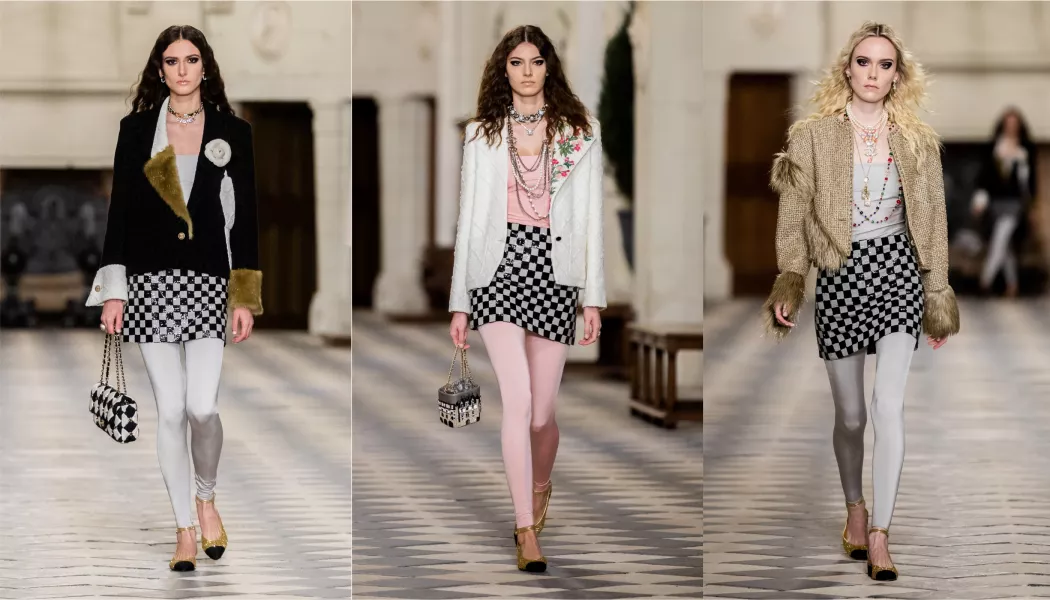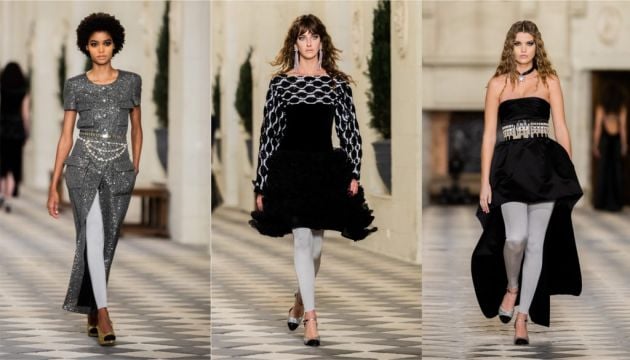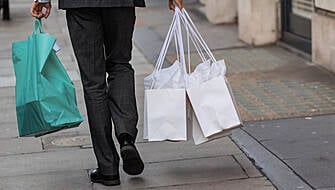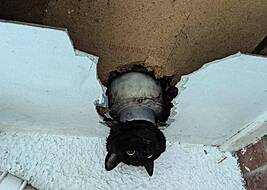Set in a French château with only Kristen Stewart in the audience, Chanel’s latest fashion show was nothing short of dramatic.
The annual Métiers d’Art presentation is an opportunity for the label to showcase the artisans behind the collections. With bouclé jackets, strings of pearls and sweeping gowns, the clothes were very much in Chanel’s comfort zone.
One aspect of the show particularly caught our eye though: leggings worn under dresses.
Footless tights feel like a real Noughties throwback, when it was all the rage to wear them beneath denim skirts and belted minidresses.
Of course, Chanel’s dresses aren’t massively reminiscent of the ones we bought from Tammy Girl circa 2004, but the overall vibe feels familiar. Some models wore leggings under black and white checkerboard skirts, which echoed the château’s flooring, and others wore them with mullet dresses or longer skirts.

Creative director Virginie Viard was inspired by the “legendary women” who lived at the Château de Chenonceau – like Italian noblewoman Catherine de’ Medici – but could she also have been influenced by Noughties trendsetters like Lindsay Lohan and Sienna Miller?
Before Chanel dipped its toes into footless tights, this is how we used to wear them…

These days, we’re used to seeing Lily Collins wearing designer garms in Netflix show Emily In Paris, but back in 2008 her style was much more relatable. For a premiere she wore black footless tights with a slouchy jumper-cum-dress and a tight black skirt. Of course, no Noughties outfit would be complete without strings of dangly necklaces.

Also in 2008, Alesha Dixon paired black leggings with another trend of the day: an alarmingly large waist belt.

If you were looking to jazz up your leggings in the Noughties, you would’ve done like Christina Aguilera, and added a lace trim.

Lily Allen made leggings red carpet-ready by wearing a wet-look pair with a sparkly white dress in 2009.

In 2010 the look hadn’t fully disappeared, partly because footless tights kept your legs warm while wearing open-toe shoes – as modelled here by Konnie Huq.







